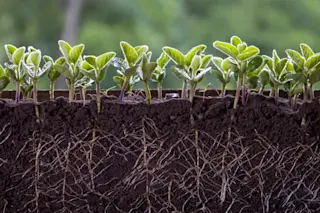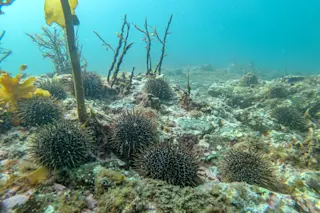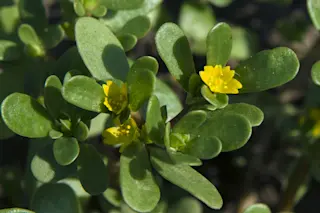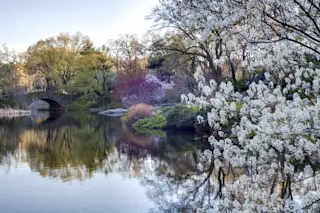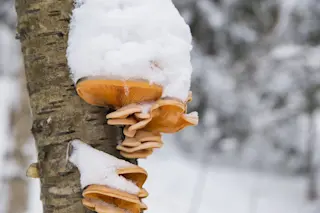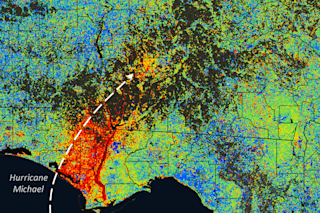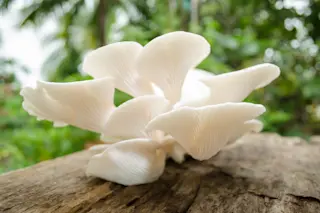(Credit: Rich Carey/Shutterstock) Seagrass meadows cover an area roughly the size of Switzerland in the deep waters of the Great Barrier Reef lagoon. Now, a new study shows the coastal ecosystems store significant amounts of carbon. The finding suggests deep water seagrass meadows could help mitigate climate change. “If we are to help regain control of our planet’s thermostat and limit global warming, we must capitalize on the powerful ability of natural ecosystems to sequester and store carbon,” Peter Macreadie, a marine scientist at Deakin University in Victoria, Australia, who led the new research, said. “Seagrasses are brilliant in this regard because they lock up carbon in a water grave, thereby retiring carbon from the atmosphere,” he added.
Seagrasses are flowering plants that grow in salt water, often along sloping coastlines. They have roots and stems, and as their name suggests, they look a bit like grass. Seagrasses can form ...



